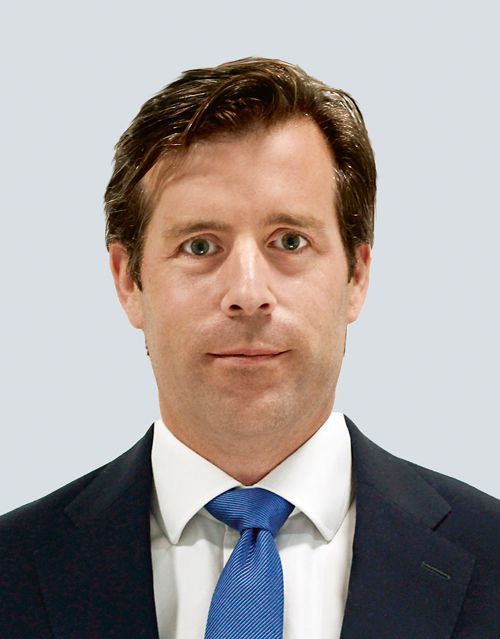Alistair Calvert, the managing director and head of investment at Gramercy Europe: We are now committed to another logistics transaction, but we are not able to disclose any details about it. We are also working on a number of other Polish transactions for quite a large number of development sites. All will be single-tenant long-term leases at the end. (…) We would only acquire a site in partnership with a developer and we would only do that if we have already identified the tenant and signed the lease. The only reason we fund BTS developments is that once a long-term lease is secured we can then hold on to for a long time. We are not a speculative developer, we are not an opportunistic developer, we are very much an income fund. (…) We are also working on a number of other things, specifically other logistics leaseback deals. Our focus is on single-tenant long-term lease assets and we have a bias towards logistics asset































































